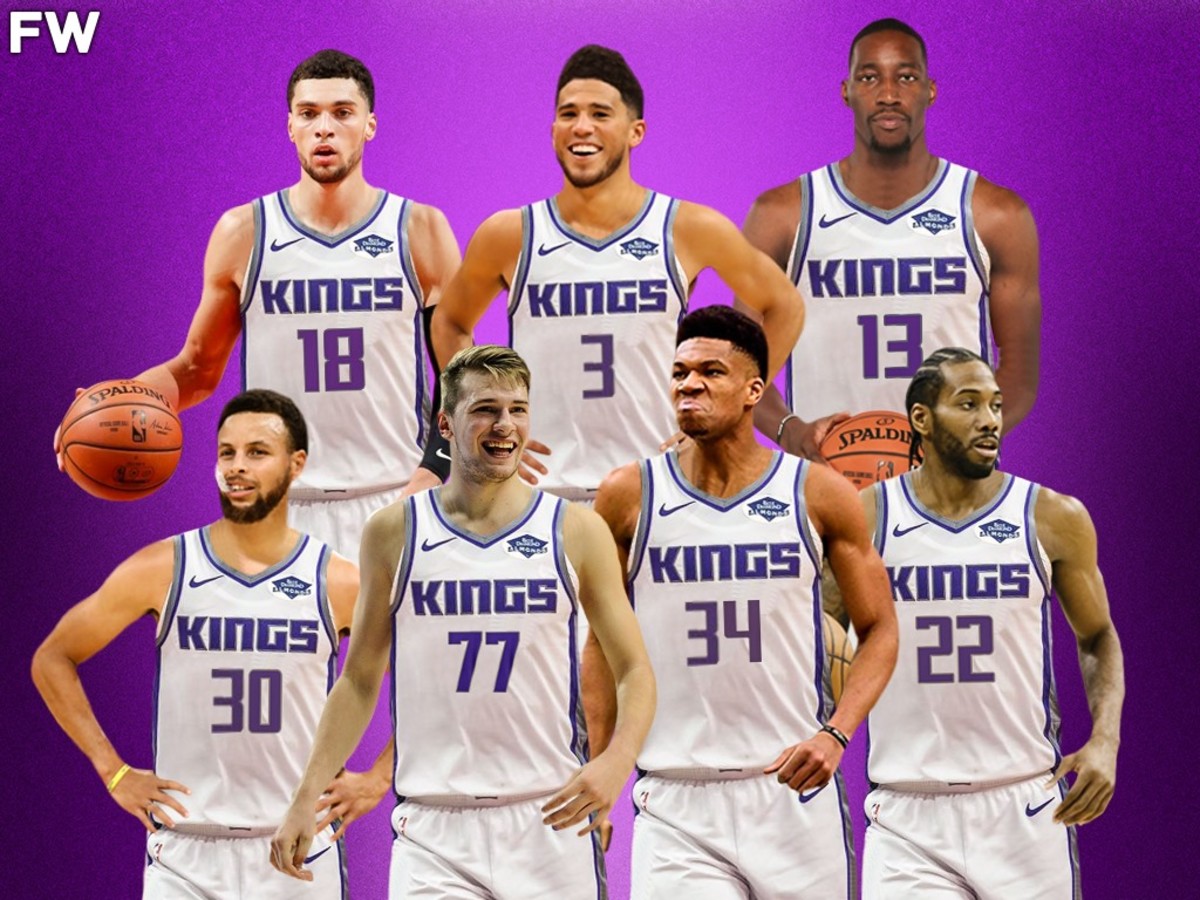
Introduction
In the dynamic world of professional sports, unsuccessful draft pick every draft season brings a wave of excitement and anticipation for teams and fans alike. It’s a time when franchises meticulously analyze prospects, weighing their potential impact against their perceived risks. However, amid the fervor and optimism, there lies a stark reality: not every draft pick pans out as expected. In this comprehensive exploration, we delve into the realm of unsuccessful draft picks, uncovering the factors that contribute to their downfall and examining strategies to mitigate such risks.
The Draft: A Crossword Puzzle of Choices
The draft is akin to a complex crossword puzzle, where teams seek the right combination of clues to unlock success. Each player represents a word in the puzzle, and teams must decipher the clues provided by their performance, character, and potential. However, just like in a crossword, there are often misleading hints and ambiguous answers that can lead teams astray.
The Impact of Unsuccessful Picks
A single unsuccessful draft pick can have ripple effects throughout an entire organization. It not only affects the team’s immediate performance on the field but also impacts long-term strategies and future drafts. The resources invested in scouting, training, and developing a player who ultimately fails to deliver can set a franchise back significantly, both financially and competitively.
Factors Contributing to Unsuccessful Picks
Several factors contribute to the prevalence of unsuccessful draft picks in professional sports:
Lack of Research:
Teams may fail to conduct thorough research on prospects, relying too heavily on superficial statistics or anecdotal evidence without delving into the player’s true potential and character.
Overvaluing Physical Attributes:
While physical prowess is undoubtedly important in sports, teams sometimes overvalue athleticism at the expense of other essential qualities such as mental toughness, work ethic, and adaptability.
Poor Fit with Team Dynamics:
A player’s success is not solely determined by individual talent but also by their compatibility with the team’s playing style, coaching philosophy, and locker room culture.
Injuries and Health Concerns:
Injuries can derail even the most promising careers, and teams often underestimate the risk associated with players who have a history of health issues.
Case Studies: Learning from Past Mistakes
Throughout the history of professional , there have been numerous examples of highly touted draft picks who failed to live up to expectations. From quarterbacks who struggled to adapt to the speed of the NFL to can’t-miss prospects who fizzled out due to off-field issues, these cautionary tales serve as valuable lessons for future drafts.
Strategies for Success
While the draft will always be somewhat of a gamble, there are strategies that teams can employ to increase their chances of success:
Comprehensive Scouting:
Investing in robust scouting departments equipped with the latest technology and methodologies can help teams uncover hidden gems and avoid costly mistakes.
Psychological Evaluation:
Assessing a player’s mental makeup and character traits can provide valuable insights into their ability to handle the pressures of professional sports and thrive in a team environment.
Long-Term Development:
Instead of expecting immediate results, teams should adopt a patient approach to player development, providing ample support and guidance to help prospects reach their full potential over time.
Adaptability:
The sports landscape is constantly evolving, and successful teams are those that can adapt their strategies and tactics to stay ahead of the curve. Flexibility in scouting and drafting approaches is essential for sustained success.
Conclusion
In the high-stakes world of professional sports, the margin for error is slim, and the consequences of unsuccessful draft picks can be severe. By understanding the factors that contribute to draft busts and implementing strategies to mitigate such risks, teams can increase their chances of drafting impact players who will contribute to their success on and off the field. Ultimately, while the draft may resemble a challenging crossword puzzle at times, with careful planning and execution, teams can find the right answers to secure a winning future.


